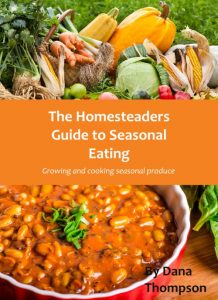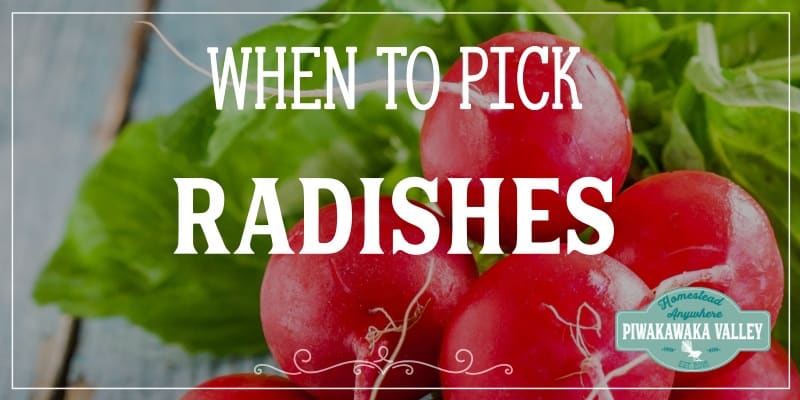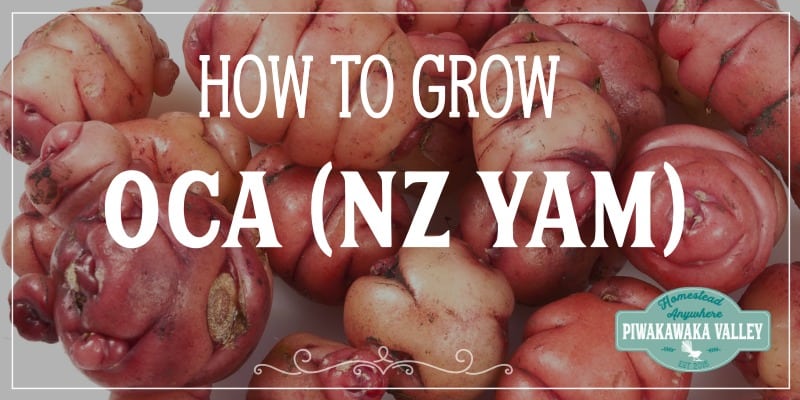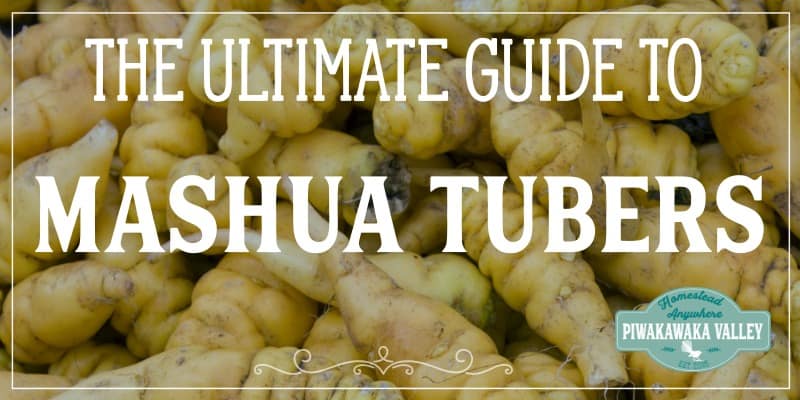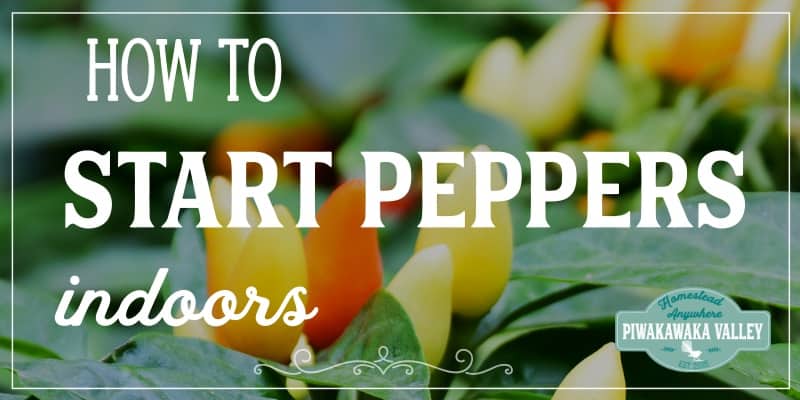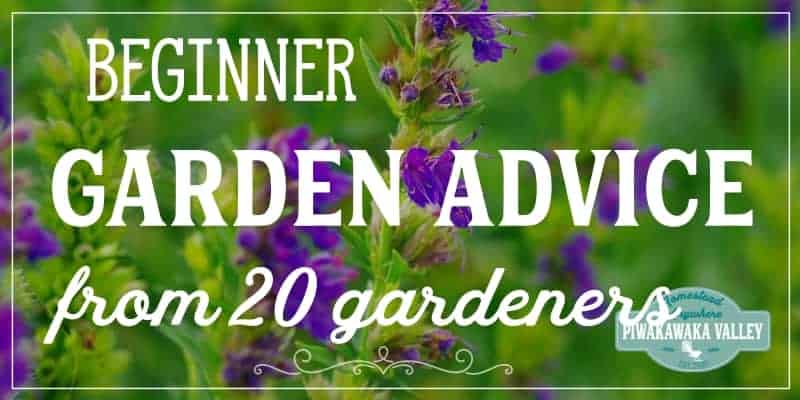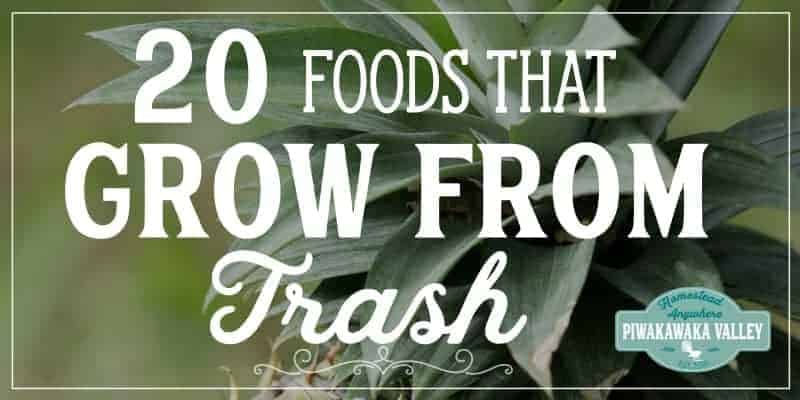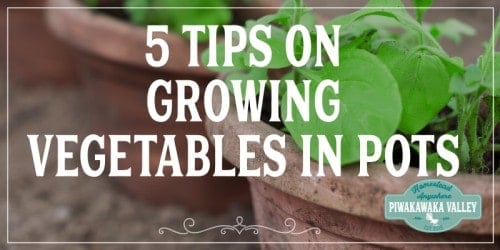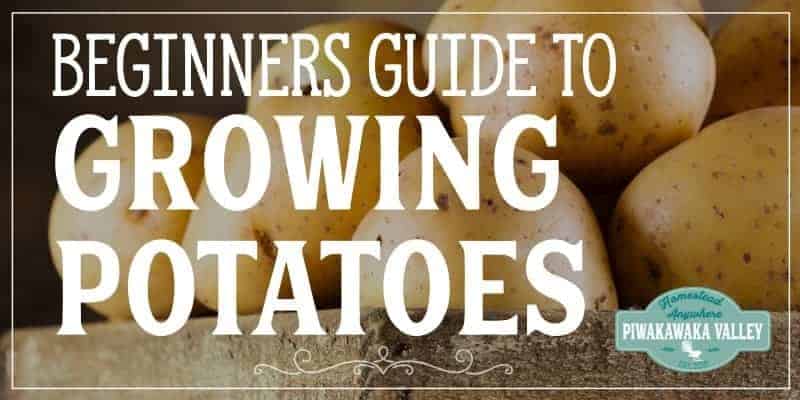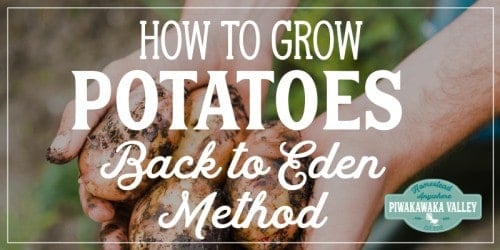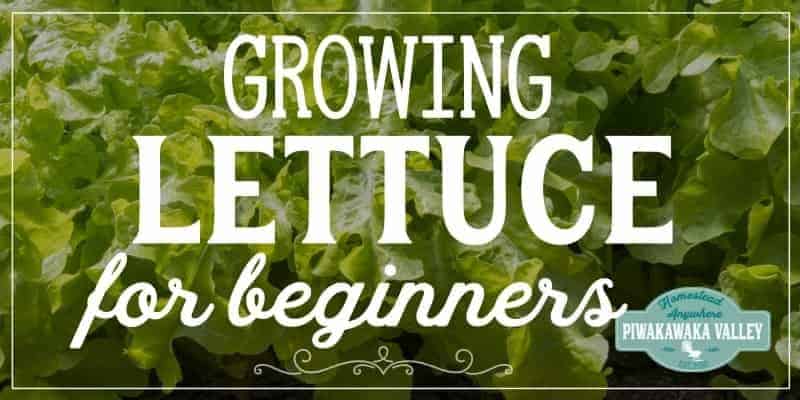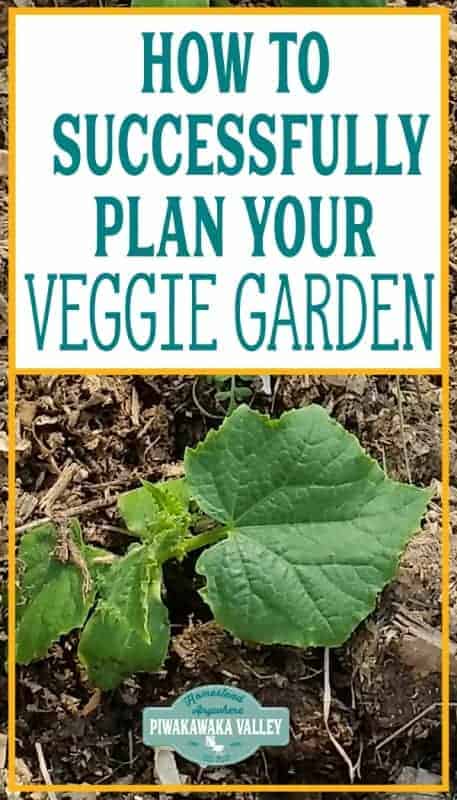This post was most recently updated on January 26th, 2021
If you are planning on growing a vegetable garden this coming season, you need to put some plans in place. Planning a vegetable garden properly will help to ensure that you get the most out of your garden space.
Please read: This information is provided for educational purposes only and is not intended to treat, diagnose or prevent any disease. We encourage you to make your own health care decisions in partnership with a qualified health care professional.
This post contains affiliate links, this means at no extra cost to you, we make a commission from sales. Please read our Disclosure Statement
How to plan a vegetable garden for the coming season
Below are the steps and actions you should take if you want to plan your vegetable garden well this year.
We have put together a fantastic resource on growing your own food year round – The Homesteaders Guide to Seasonal Eating shows you STEP BY STEP how to start and grow a garden at your place.
Every season there are planting guides, gardening lessons, garden tasks and chores, recipes and ways to preserve your harvest. 266 pages of self sufficiency right there!
Frost dates
Knowing your expected first and last frost dates will help you work out the length and timing of your growing season for your area.
If you are in the US or Canada use the farmers almanac if you are in New Zealand this resource will help you, or people anywhere can type in to Google “first and last frost date *insert your city here*” and generally you will find the answer you are looking for.
If in doubt ask a local gardener or garden center/nursery they will be able to help you out. The city nearest to where we are we have our labour weekend holiday about 1-2 weeks after the last frost date, so traditionally that is gardening weekend.
Because Piwakawaka Valley Homestead is on the coast we actually get very few frosts so I try and grow food year round as best as I can.
Generally, you will want to start seeds 4-6 weeks before the last frost date for any frost tender plants – squash, cucumber, peppers, chili, tomatoes etc and frost hardy plants can be sown even before that.
Be aware that with the colder temperatures even frost hardy plants probably will not germinate outdoors, so you are best to start them inside, in a cold frame or in a greenhouse. Then you will want to harden them off before transplanting them.
RELATED: Sowing seeds for beginners (with a video)
A garden map
A proper plan for a new season garden starts with a good map. Plot out how big each garden bed is on a piece of paper and get an idea for how much of each plant you want, so you can work out which beds are best for which plants.
Try and draw your map to scale if you can. I find kids math books with the grid squares really helpful for this, I make each square half a meter, but you can choose whatever scale that works for you.
RELATED: Planning a homestead with permaculture zones
Choose your varieties
There are so many types of plants available. Depending on the size of your garden you may decide to try and grow all of your family’s produce for the whole year, or you might decide to just grow the crops that you cannot buy easily in stores.
If you want to grow main crop potatoes, onions, tomatoes, beans and peas to preserve to use all year, you are going to need a very very large growing area.
If you want to focus more on fresh produce, you can get away with a much smaller garden space. Many homesteaders have a kitchen garden for their salad food and a large market garden style area for the longer season, larger production crops.
Decide and make a list of all the vegetables you want to grow, then get in to choosing varieties.
RELATED: 20 fastest growing vegetables
Seeds or Seedlings
If you want to grow your plants from seed you will have a much larger range to choose from. You will however need to plan further ahead, have seed raising mix (not potting mix) and trays (I really like these self watering trays) as well as somewhere to start your seeds.
Heat mats will give your seeds a good boost to get growing in the cold weather. We use our heated propagation table.
Buying you plants as seedlings allows you to skip that whole thing, but you are limited to what you can find in the store.
Growing from seed is much more economical too. $2 might buy you one whole cabbage at the supermarket, or a punnet of 6 seedlings or a pack of 100 seeds.
RELATED POST: Growing from seed successfully
There are different types of plants that you can get, here we look at some of the options you may see on your seed packet.
Open-pollinated
Open-pollination is when pollination occurs by insect, bird, wind, humans, or other natural mechanisms.
Because there are no restrictions on the flow of pollen between individuals, open pollinated plants are more genetically diverse.
This can cause a greater amount of variation within plant populations, which allows plants to slowly adapt to local growing conditions and climate year-to-year.
As long as pollen is not shared between different varieties (like two different types of cabbage) within the same species, then the seed produced will remain true-to-type year after year.
Heirloom
All heirlooms are all open pollinated, but not all open pollinated plants are heirloom. Still following?
While some companies create heirloom labels based on dates (such as a variety that is more than 50 years old), others identify heirlooms by the generational history of preserving and passing on the seed.
Heirloom seeds will produce true to the original plant. This means that you can save the seed from a certain plant and expect to get the same thing when you go ahead and plant those seeds again next season.
If you plant one heirloom pea, and you’ll get a stalk with dozens of peas that you can save for future gardens.
That original seed pack purchase will multiply every year into more and more seeds, if you learn how to properly harvest and save them.
Heirlooms are generally known to produce better taste and flavour. Also heirloom fruits and vegetables are also known to be more nutritious and they contain a greater range of organic compounds, vitamins and minerals.
There is a fantastic range of heirloom vegetables available – purple cauliflower, red and yellow carrots, orange tomatoes, purple potatoes and so on.
Don’t forget that using heirloom varieties, you would also be playing an important part in preserving the genetic diversity of plants by growing heirloom seeds.
Hybrid
Hybridization is a controlled method of pollination in which the pollen of two different species or varieties is crossed by human intervention. Plant breeders cross breed compatible types of plants in an effort to create a plant with the best features of both parents.
Hybridization can occur naturally through random crosses, but commercially available hybridized seed, often labelled as F1, is deliberately created to breed a desired trait.
The first generation of a hybridized plant cross also tends to grow better and produce higher yields than the parent varieties due to a phenomenon called ‘hybrid vigour’.
However, any seed produced by F1, first filial generation (first-generation hybrid), or F2, second filial generation plants are genetically unstable and cannot be saved for use in following years.
While plants can cross-pollinate in nature and hybrids repeatedly selected and grown may eventually stabilize and become open pollinated, most hybrid seeds are relatively new crosses and seed from these hybrids will not produce plants with identical qualities.
Hybrid vegetables are what you will typically see being sold in the your local grocery store. Those rows of bright, uniform tomatoes, carrots, and peppers are probably grown from hybrid seeds.
Although hybrid plants produce fruit that ripens at the same time and may be more resistant to pests or diseases, they’re not selected for their taste. They are typically selected for appearance and shelf life. Hybrid seeds are typically more expensive to buy than heirlooms, too.
Gardeners who use hybrid plant varieties must purchase new seed every year.
Organic
Whether or not the seeds you purchase are organic means only one thing: that the original seed-producing plant was grown according to organic standards.
If you plant a seed that is not certified organic, your resulting plant will still be organic if you yourself do not use synthetic fertilizers or other chemicals.
While it is generally best to support organic growing practices, that does not mean your own vegetable plants will not be organic if you use conventional seed. All that matters that you yourself are not using those nasty chemicals on your own garden plot.
And just to note, even though some seeds may not be labelled organic, that could mean that they simply haven’t been certified as such, even though they have been grown without the use of synthetic chemicals.
GMO – Genetically Modified Organism
Both heirloom and hybrid plants can be viewed as natural occurrences. GMO plants, on the other hand, can only be produced using unnatural methods such as gene splicing, gene cloning and protein engineering.
Scientists essentially modify a seed’s DNA to ensure the resulting plant produces the desired traits and characteristics.
A common example of a GMO plant is Bt-Corn. This is corn that has the pesticide Bt engineered into its genetic make up to make it resistant to certain pests. Bt is a natural pesticide, but it would never naturally find its way into corn seed.
You probably are not too keen on infusing your food with pesticides and the overuse of a pesticide often results in the targeted pest becoming resistant to it. These types of concerns have given GMOs their terrible reputation.
However there are times when GMOs have arguably been quite positive in their impact, such as the high yield, disease resistant, dwarf wheat.
How much will you need
Knowing how much you will need to grow to feed your family is a process, keeping good records from year to year will help you work this out for your family and your soil/climate.
Here is a chart that will give you a starting place to work from. It is based on average yield per plant.
Don’t grow plants that your family doesn’t like to eat, keep the space for ones you enjoy.
Stacking in time and space
When you are planning your garden don’t forget about time. Many crops are only in the ground for 30-60 days, so you can follow them with another crop. Don’t just plant everything up once then stop.
With a little forward planning you can have seedlings ready to transplant in when you take another crop out, in fact you can add seedlings in before the last crop is even totally finished, just plant them in the spaces between.
On a seed packet it will usually give you days until germination and days until harvest. Add these two numbers together to give you a rough idea on how long it will be from sowing until harvest.
Be aware that these numbers are based on ideal conditions and that we live in the real world. Radishes in the middle of the growing season might take 4 weeks from sowing to harvest, but in the shoulder months of early Spring or late Autumn they could take 6 to 8 weeks.
You can used this seed sowing and harvesting timetable as a starting place and check out our post on succession gardening
We also have a free interactive succession garden planning spreadsheet that you can access by signing up to our newsletter, use the form at the top of this post!
Growing vertical
If you have walls near your garden you could add some rain guttering gardens, or climb something up them. Squash, beans and peas all grow up frames well and this can save you a ton of garden space.
Planning for Winter crops
In about midsummer is when you will want to be starting your seeds for your Winter crops. In gardening we are always thinking 3-6 months ahead.
Knowing that in most places plant growth grings to almost a halt in the colder weather, you will want to get your plants in and growing well before the cold hits.
With a little planning and some knowhow you can get your vegetable garden off to a productive start this season!
Don’t forget to check out our book it contains everything you need to know about growing and eating your own seasonal food. You can see it here
If you would like help getting the most out of your garden, I would love to help you, find out more here
RELATED: Free Gardening Resources
If you like tips on frugal living, self sufficiency and consuming less, sign up to our newsletter below, I would LOVE to have you


